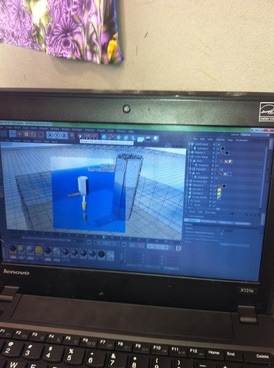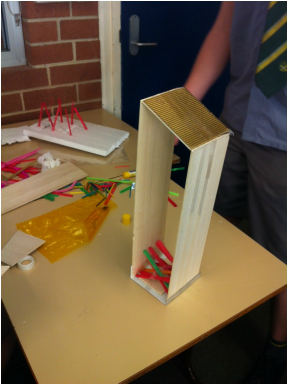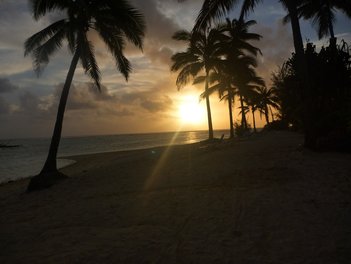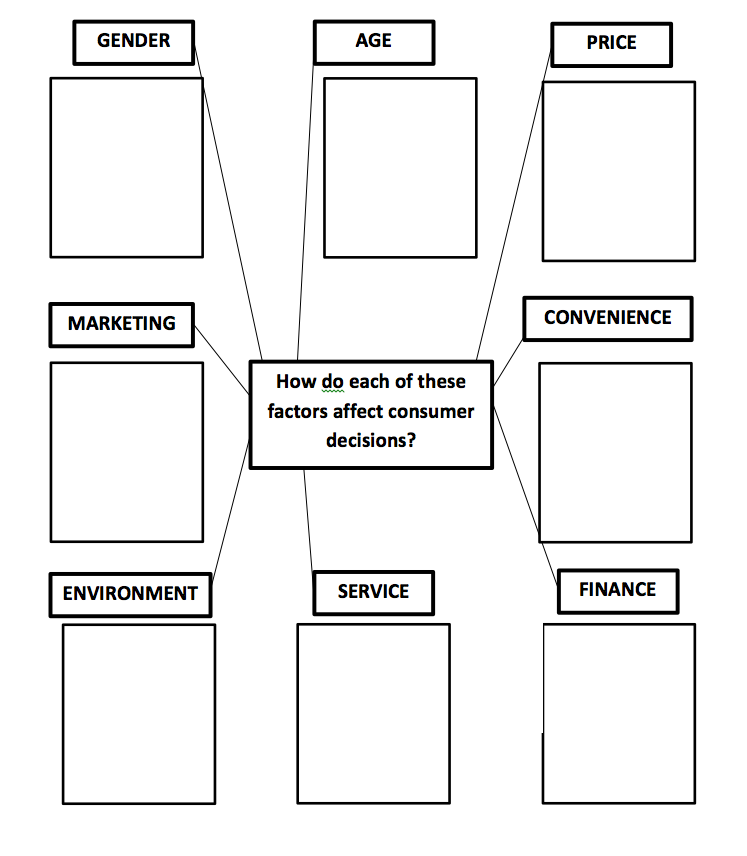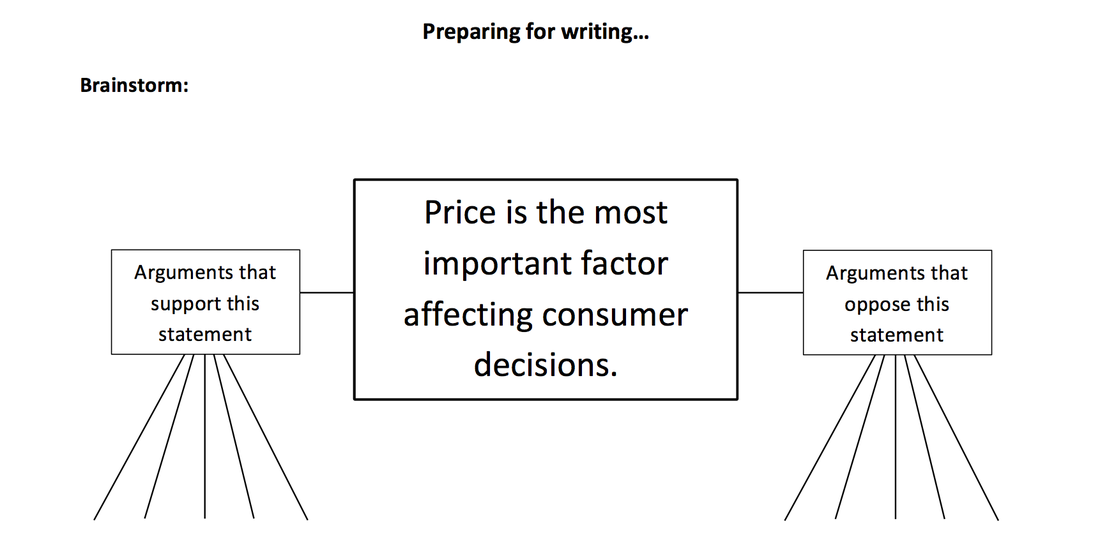|
For Stage 4 History, you may like to refer to a resource I created a few years ago (as mentioned in a previous post). Click here to examine the Syllabus Bite on Ancient India. As you progress through the topic you might like to use the glossary file below to help students develop knowledge of key terms. There is also a glossary quiz file, but you may like to break this up into a couple of smaller quizzes depending on the ability of your students.
Students must explore the beliefs, values and practices of ancient India. The handout below introduces a few key terms, provides a brief summary of beliefs, values and practices and outlines a short group work task.
The activity below allows students to examine the physical features of ancient India including mountain ranges, plains, deserts, wetlands, rivers and highlands. Students are required to complete a mapping activitiy to show the spatial distribution of these features.
A person of significance must be examined. Below is a short introduction to Ashoka including a few relevant key terms and a short cloze passage. For more detail on Ashoka examine my previous post Teaching Ashoka.
0 Comments
The final stage of the Senior Geography Project is a written report. You will need to hand in your Stage 1 information, as well as an analysis of your results. Your report should have the following format: Page 1: Title page with your name, your topic and your subject. Page 2: Table of contents Page 3: Research topic – ten key questions (Stage 1) Page 4-5: Methodology – a description of the research methods that you used. This section should not include your findings, but only the methods you used to find your information. Page 6-15: Research findings and analysis – This section should examine all of your research findings and results and should be set out using questions 1-10 (your initial research questions from Stage 1). You should try to write approximately one page about each of your key questions (this includes any graphs, maps, etc). Page 16-18: Conclusions. What are the general statements you can make about your research? Page 19: Reference list. This section is your bibliography. Page 20-?: The research you conducted for your SGP as a series of appendices.
There are 2 main types of research primary research and secondary research. Finding out about fieldwork: Examine the website About Fieldwork. Practise some of the research methods at Geography Challenge (go to the Virtua Field Trip). You can also see ideas for fieldwork on this website in the following places: - Microclimate fieldwork - Water quality fieldwork - Field sketch - River fieldwork Primary research Primary research refers to research conducted first hand. Examples of primary research: - personal observations - measurements - recordings - photographs taken by you - interviews (e.g. with a local council member, government department, special interest groups) - questionnaires - numerical and graphical data that you collect - ground and oblique photographs that you take - videos that you record Secondary research Secondary research is research that someone else has conducted that you can use and interpret. Examples of secondary research: - maps - numerical and graphical data from the internet, organisations or companies - aerial photographs and satellite images - videos filmed by others - books - journals - pamphlets - journals - newspapers - magazine articles Research Methods - what methods do I use?
What do people think about....? - interviews - questionnaires - letters - meetings - protests What is happening at a particular place...? - observing traffic flow - observing pedestrian flow - observing land use Vegetation measurements... - sampling - random, quadrat methods - height of vegetation - density of vegetation - species identification Slope... - cross-sections - steepness of the slope (clinometer) - aspect of the slope Soils... - soil profile - soil acidity - soil texture - soil moisture content - soil colour Weather... - temperature - rainfall - wind - air pressure - relative humidity - clouds Rivers and Creeks... - measuring changes in channel shape - velocity - discharge - material carried in the stream Pollution... - noise - water - air Please note: This is part 4 of 5 for this PBL activity. The whole task can be found at the following posts: Tourism PBL Task 1 Tourism PBL Task 2 Tourism PBL Task 3 Tourism PBL Task 4 Tourism PBL Task 5
Below the line promotions (10 marks) You have been invited to the Sydney Tourism Expo to promote your tourism operation. You will be required to promote your business with a stall. Your stall may have the following items: - a model of your hotel. Your model should demonstrate how your hotel addresses each of the following: Services, Convenience, Social/Environmental Issues and Value. - a copy of your business proposal (Group work Week 2) - a map showing the location of your hotel - examples of your custom products - your business cards and brochures - an audio visual display showing either your website or TV commercial.  Please note: This is part 4 of 5 for this PBL activity. The whole task can be found at the following posts: Tourism PBL Task 1 Tourism PBL Task 2 Tourism PBL Task 3 Tourism PBL Task 4 Tourism PBL Task 5 Create a model of your hotel (25 marks) You have been given a set of materials to build a model of your hotel. Each group received the same materials. You may choose to use a software program to plan your hotel or you may choose just to sketch your plan on paper. Your model needs to look realistic, but it also needs to address the following: - What services does your hotel provide? - How does your hotel address the outcome of convenience for customers? - How does your hotel address social and environmental issues? - How does your hotel provide value for your customers? You have already discussed these issues in group work 3, but now you need to demonstrate your ideas in a practical way. Annotate/label your model to demonstrate these objectives Please note: This is part 3 of 5 for this PBL activity. The whole task can be found at the following posts: Tourism PBL Task 1 Tourism PBL Task 2 Tourism PBL Task 3 Tourism PBL Task 4 Tourism PBL Task 5 Product differentiation (10 marks)
How are you going to make your business stand out from the crowd? How does your business address each of the following (ensure that you come up with some unique ideas): - Services - Convenience - Social/Environmental Issues - Value Create a custom product (5 marks) You decide to design your own product range to sell exclusively at the hotel. Describe your product range, and create a one-off sample of one of your products. Advertising strategies (10 marks) Create an advertising campaign to market your hotel. Include a business card and brochure and either a draft website or TV advertisement. Please note: This is part 2 of 5 for this PBL activity. The whole task can be found at the following posts: Tourism PBL Task 1 Tourism PBL Task 2 Tourism PBL Task 3 Tourism PBL Task 4 Tourism PBL Task 5 Conducting market research & your target market
Market research allows the entrepreneur to understand their customers better, and predict the spending choices they will make. Write a 10 question survey to find out what your target market wants from a holiday? For example, are they after relaxation, adventure, etc. What type of activities are they interested in, how much money they are likely to spend and what types of items or activities they are likely to spend more on? Where would they like to go? Demographics It is also important to know some basic characteristics of your customers including age, gender, spending habits, number of children, martital status, etc. Include some basic questions related to demographics in your survey. Set up a survey on Survey Monkey and send your survey to 10 people to complete. Location The location of a holiday resort is an important factor in its success. What features do you want to be close to? Are there certain parts of the environment or the settlement that you won't want to be close to? Select an appropriate location for your hotel. Use Google maps to find the location for your hotel. Take a close-up screenshot of the location and annotate the image showing exactly where your hotel will be located .Assess the pros and cons of this location. Competition Undertake research on the hotels or tourism operations that you will be competing against. This will include local competitors but may also include other Pacific resorts. How do you intend to gain a competitive advantage over these other businesses? Task: Put together a business proposal outlining your plans for your new business. It should have the following structure: Business name (1 mark) Names of entrepreneurs (1 mark) Entrepreneurial skills (3 marks) Key features of the business (5 marks) Market research findings (including target market and demographics) (10 marks) Location (2 marks) Competition (3 marks): Include your logo on all documentation. (Mark for logo - 5 marks) In 1989, Maxis (later purchased by Electronic Arts) released the first version of SimCity. In junior high school, playing computer games on my dad's computer, I was hooked. I think this is the game that turned me into a lifelong geographer and tech enthusiast. I loved designing cities, experimenting with the parameters of what would make a great city. Even early on I would try to add lots of parks and build the city around the appealing features of the natural environment like rivers, bushland, etc. I would be devastated if one of the natural disasters hit and wiped out parts of my city. As the game progressed over the years it really did get better and better. There were also variants of SimCity released such as SimFarm SimCopter and my favourite spin-off Sim Safari. Unlike a lot of games at the time of its original release (and I would argue even now) SimCity encouraged players to consider multiple interconnecting concepts and ideas, and plan strategically for a result with positive (if virtual) social outcomes. While many "shoot 'em up" games common now do involve strategic planning, for most of them the end result is killing something or someone. This game was a real stand out. Sim CitySim City is a computer game which allows you to build your own city. Sim City requires players to make decisions about both the built and physical environment, and consider the interplay between the different aspects. Through SimCity, players automatically begin to learn the metalanguage of urban planning and urban dynamics - using terms like residential zone, commercial zone, industry, transport infrastructure at the very basic level of the game. After repeated playing, the player begins to learn about the basic needs of a functioning city and its population, about how urban places grow and decline, human behaviour patterns and how even the best laid urban plans can go awry with an unexpected disaster. I will admit the Godzilla natural hazard does test the urban illusions - but it also adds a bit of humour. Natural hazards can be disabled. Lesson idea: Choose one of the following tasks, and outline the challenges that you faced in completing your task:
Task 1
Organise yourselves into groups of 3. You will be focusing on a hotel and tourism operation in the Pacific islands aimed at the middle-income to high income/luxury market. Part 1: Being an entrepreneur What personal attributes do your team members have that will make you successful entrepreneurs? Part 2: Business Opportunities Your team has experience in the tourism and hotel industry. Come up with a series of ideas that are innovative and original for your tourism operation/hotel. Create a mind map or list of these ideas. Brainstorm ways that your business might address each of the four emerging opportunities for business (not all of these will be relevant to your business): - high technology - small office/home office - aged services - franchising. What is the name of your new business? Design a logo for your business using a graphic software application such as Adobe Photoshop, Adobe Fireworks, etc. Discuss the following statement: Price is the most important factor affecting consumer decisions How do you write a discussion? Purpose: To examine issues from more than one perspective and make recommendations based on evidence. For example, are there other factors that also influence consumer decision? Structure: Opening statement presenting the issue Arguments, for and against, including evidence for different points of view (elaboration) Concluding statement and (optional) recommendation Language features: Use of words and phrases such as, however, thus, in addition, similarly, and in contrast. Use terms and phrases with strong modality for your best arguments, e.g. must, should. Use terms and phrases with weaker modality for weaker arguments, e.g. perhaps, may. Preparing for writing: Use the writing scaffold to structure your response.
|
Categories
All
Archives
May 2024
|
|||||||||||||||||||||||||||||||||||||||||||||||||||||
